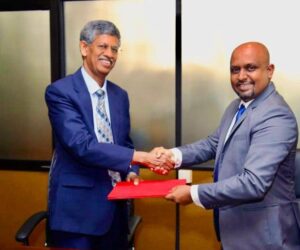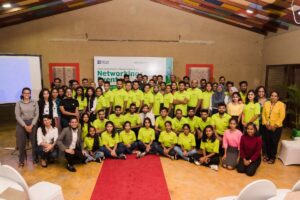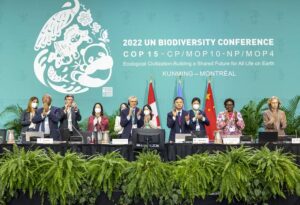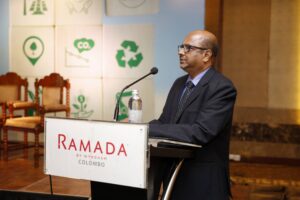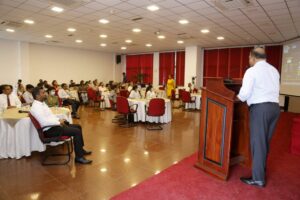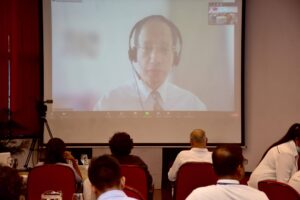The third Friday in May every year is designated as Endangered Species Day. In commemoration, BSL hosted an educational session on endangered species for students from its Patron Member, Stafford International School Colombo. This event reminded us of how vulnerable some animals, plants, and insects are, and inspired us to learn more about why it is so vital to conserve them. This is a day when people talk about solutions and educate their families and friends about how they can help protect certain species. The session for senior students of the school was conducted by Professor Sampath Seneviratne from the Department of Zoology and Environmental Science of the University of Colombo a well-known Molecular Ecology, Evolution and Ornithology Research Scientist.
Several animals have come and gone or become extinct since life originated on Earth, owing to changing physical and biological conditions in the environment. Extinction, as we all know, is a continuous natural occurrence. However, scientific evidence suggests that the current pace of species loss is far faster than the historical rate. This is something we need to consider or is a cause for concern.
Sri Lanka, the pearl of the Indian Ocean has high species diversity, ranging from elephants and leopards to marine turtles and a vast number of birds. There is a big chance of seeing the mighty blue whale in our southern and eastern oceans. Even though Sri Lanka is famous for its wildlife there are a number of wild animal and plant species that are threatened with extinction because of human behavior. Sometimes these threatened flora and fauna go extinct and are lost forever.
Prof Sampath Seneviratne
The focus of the day’s program was on threatened and extinct species. Professor Seneviratne discussed the DNA distribution of certain extinct creatures, such as the clade Dinosauria – the common name given to a group of reptiles, often very large, that first appeared roughly 245 million years ago. Sri Lanka was a peninsula for most of the Indian geological history. Dinosaurs have been discovered on what was India’s northwest coast, present-day Gujarat and Madhya Pradesh. However, we did not discover Mesozoic rock in Sri Lanka because it has either been eroded away to reveal Precambrian rock or has been buried beneath layers of Cenozoic rock. The early human remains in Sri Lanka, for example, can be found in the Balangoda caves. The Mesozoic is represented only by two Jurassic Limestone patches in Puttalam. It is not impossible to find dinosaurs in coastal marine deposits, although none have been discovered so far.
(Picture Credit – The Rainforest Ecolodge – Sinharaja)
Referring to the present context, Professor Seneviratne mentioned that Sri Lanka has a higher number of endemic animal species, as well as one of the highest rates of biological endemism in the world. There are around 21 endemic mammals, 26 endemic birds, 113 endemic reptiles, 112 endemic amphibians, 50 endemic fish, and countless insect species in Sri Lanka, including 24 endemic butterflies such as Mycalesis Rama (Cingalese Bushbrown) and Elymnias Singhala (Ceylon Palm fly). The Sri Lankan junglefowl, Purple-faced langur, and the Sri Lanka Blue Magpie are some of the common endemic fauna, that can be observed in the country. The distribution of these animals across Sri Lanka varies depending on the country’s environmental variability. The Sinharaja World Heritage site is home to 21 of the 26 endemic bird species, making it one of the most endemism-rich ecosystems on the planet.





